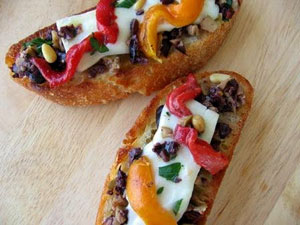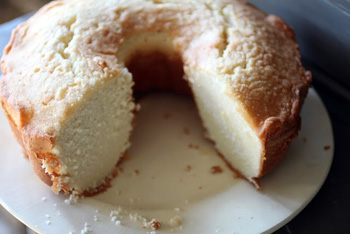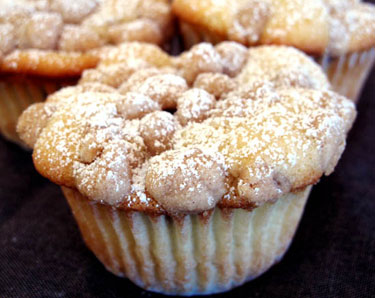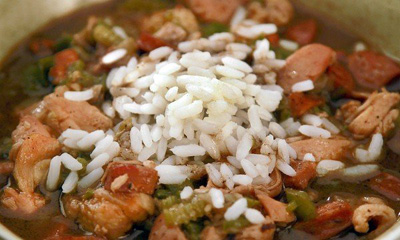 Bruschetta and crostini? What's the difference?
Bruschetta and crostini? What's the difference?
They’re both wildly popular, easy-to-make Italian appetizers of toasted bread with toppings.
In my family, bruschetta was toasted bread rubbed with garlic and topped with olive oil, tomatoes, and basil, while smaller slices of toasted bread with various toppings were called crostini.
I wanted to provide you with a more thorough explanation of the difference between the two, so I explained to Jeff that we needed to take a trip to Italy to conduct research for my blog. However, out plans fell through. So instead I just Googled it.
Brushcetta, from the Italian "bruscare," which means "to roast over coals," refers to the bread, not the toppings. Rather large slices of bread are grilled, rubbed with garlic, then drizzled with olive oil. They are usually topped with tomatoes and basil, though other toppings from meats to vegetables can be used.

 Just the mention of my favorite cake and I’m ready for a piece. Not a huge fan of icing or frosting, my traditional birthday cake is always a pound cake, plain and simple. Sour cream, cream cheese, chocolate, fruit flavored and even rum pound cakes abound in the culinary world.
Just the mention of my favorite cake and I’m ready for a piece. Not a huge fan of icing or frosting, my traditional birthday cake is always a pound cake, plain and simple. Sour cream, cream cheese, chocolate, fruit flavored and even rum pound cakes abound in the culinary world. NY Style Coffee Cake typically comes with a thick rich crumb topping and one of the most famous brands is Drake’s Coffee Cakes. Newman E. Drake baked his first pound cake in Brooklyn in 1888 and sold them by the slice. Drake’s popularity grew and the Drake’s brand with it, supplying such favorites as Devil Dogs, Yankee Doodles and Ring Dings.
NY Style Coffee Cake typically comes with a thick rich crumb topping and one of the most famous brands is Drake’s Coffee Cakes. Newman E. Drake baked his first pound cake in Brooklyn in 1888 and sold them by the slice. Drake’s popularity grew and the Drake’s brand with it, supplying such favorites as Devil Dogs, Yankee Doodles and Ring Dings. This weekend in the United States we celebrate Labor Day. A holiday that originated in the 1880's to give the working citizens of America a day of rest.
This weekend in the United States we celebrate Labor Day. A holiday that originated in the 1880's to give the working citizens of America a day of rest.  From the LA Times
From the LA Times
